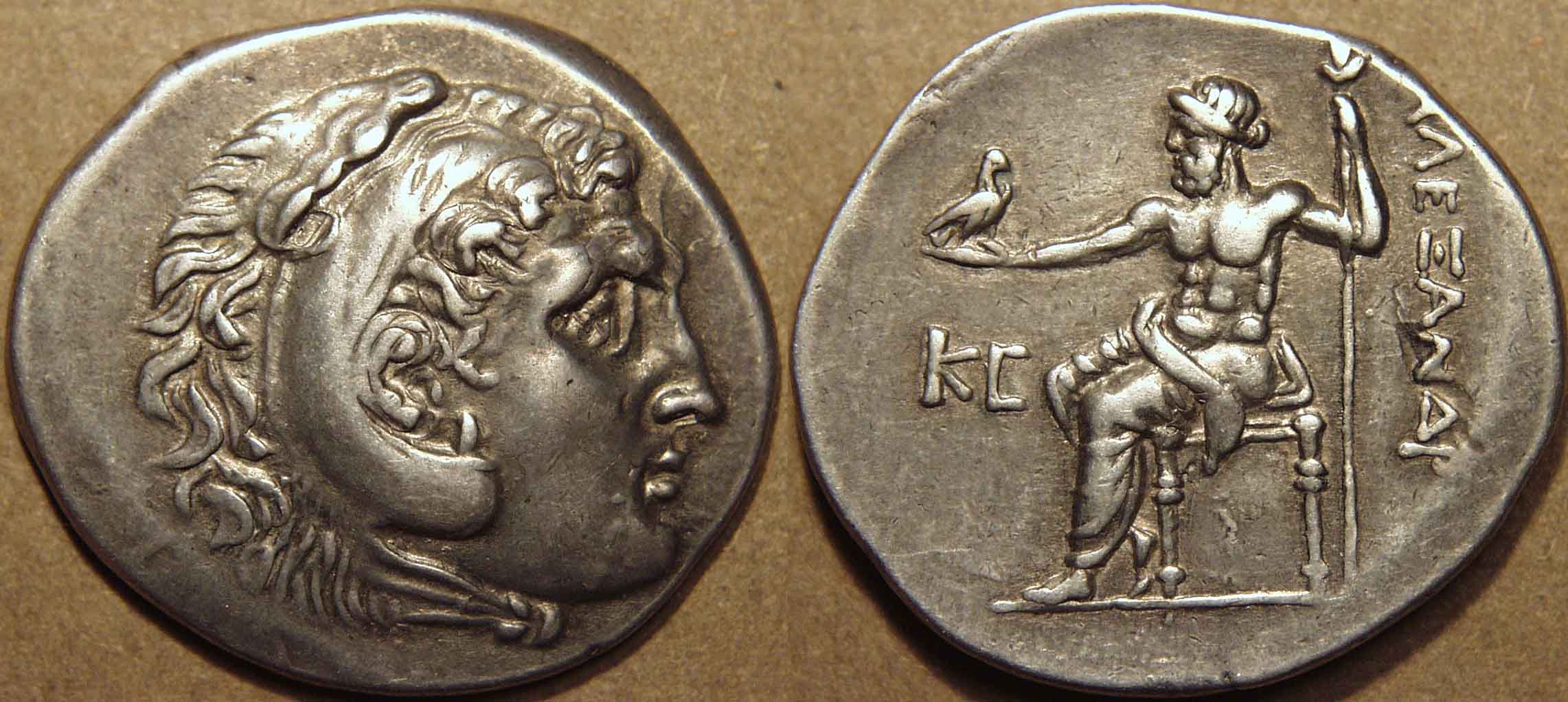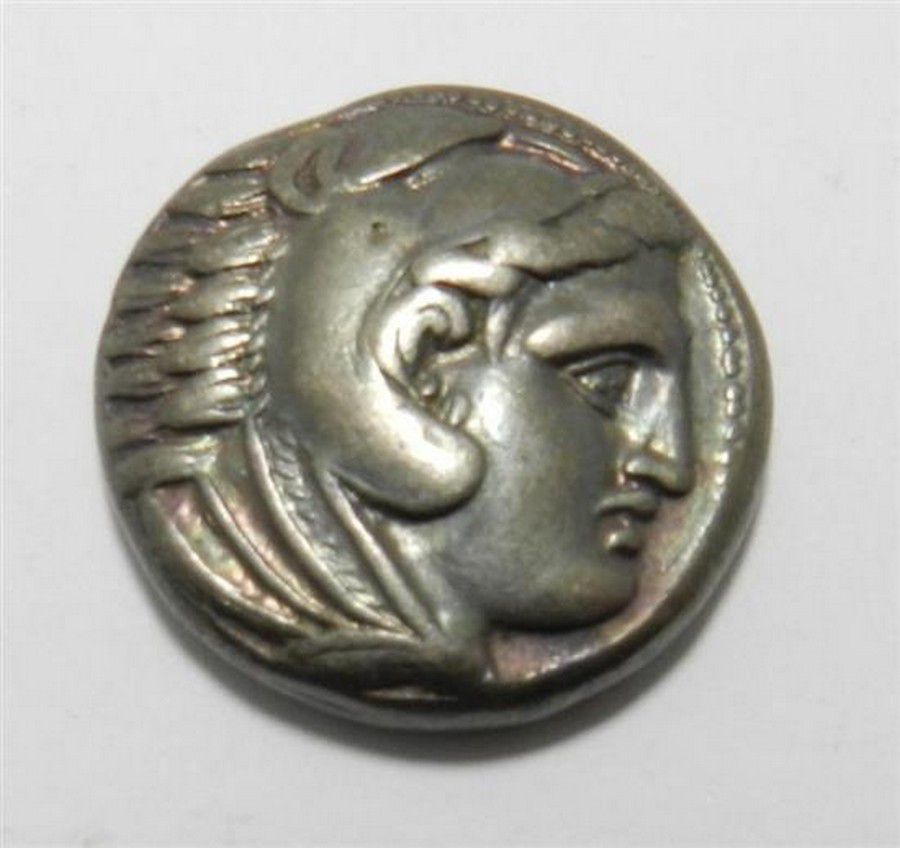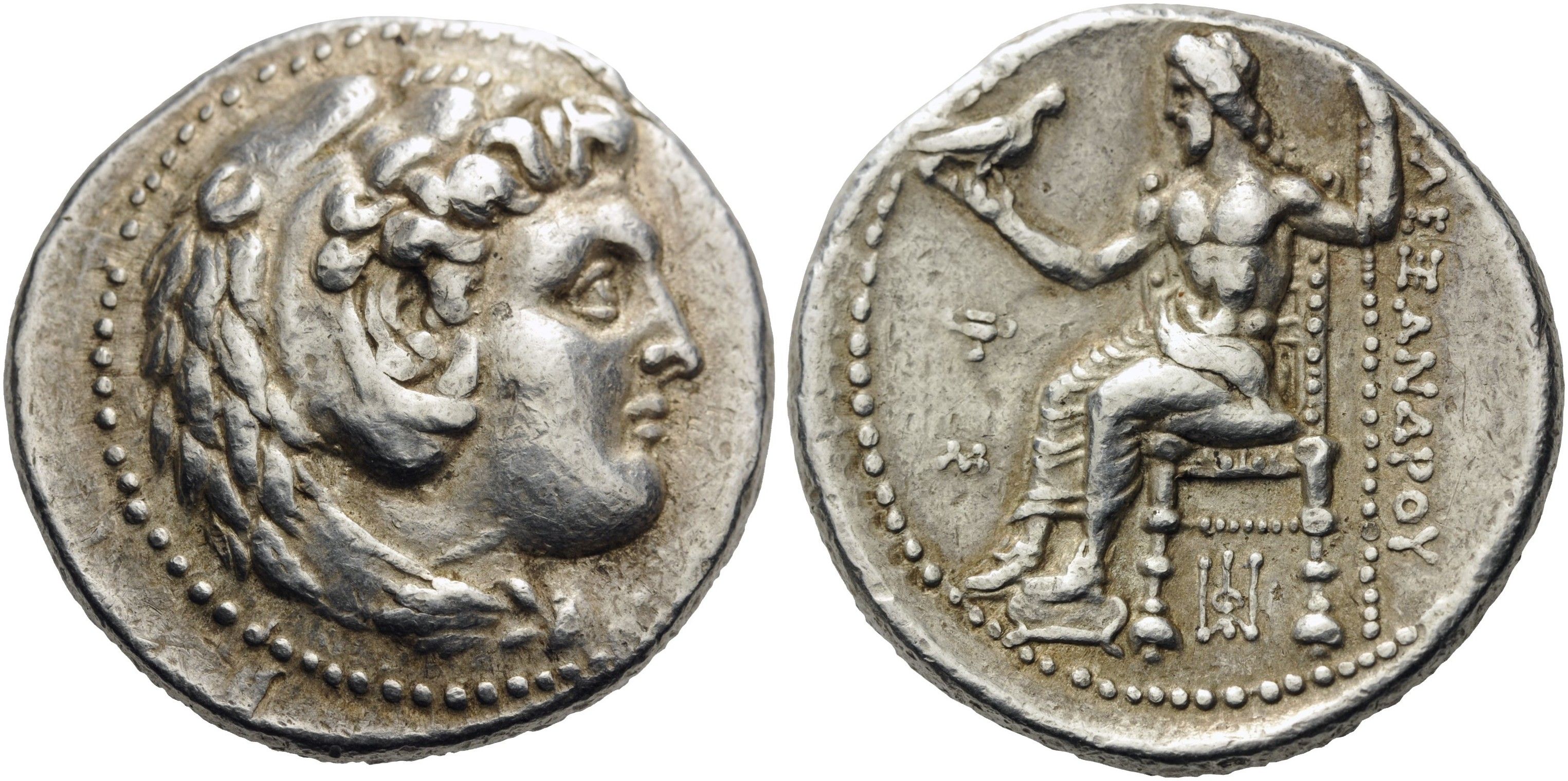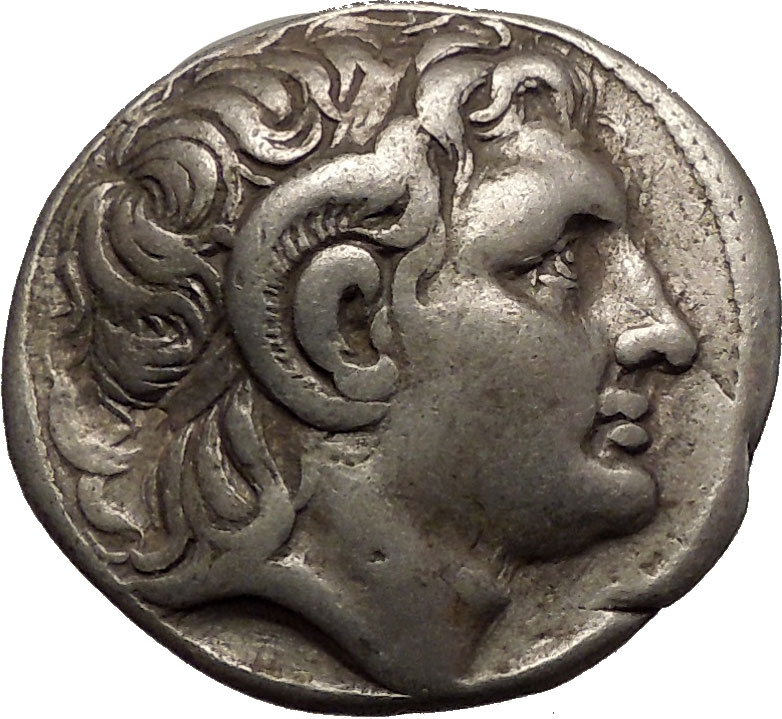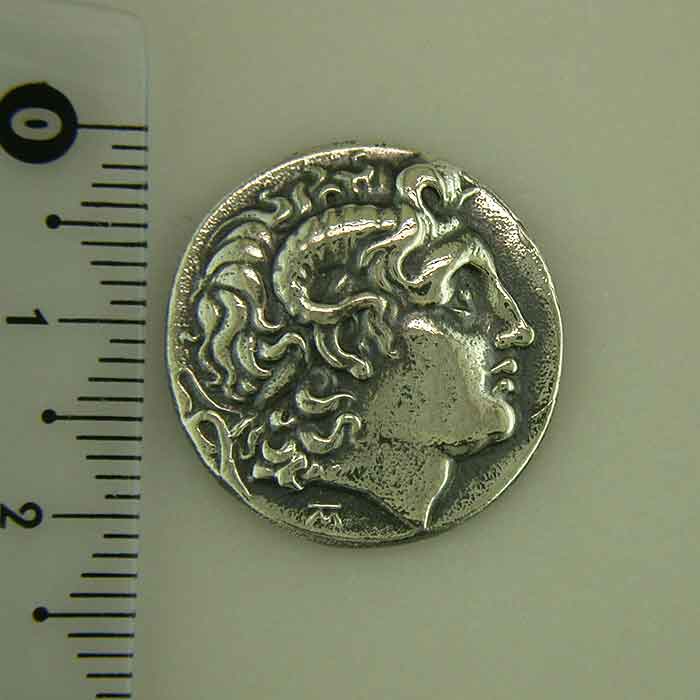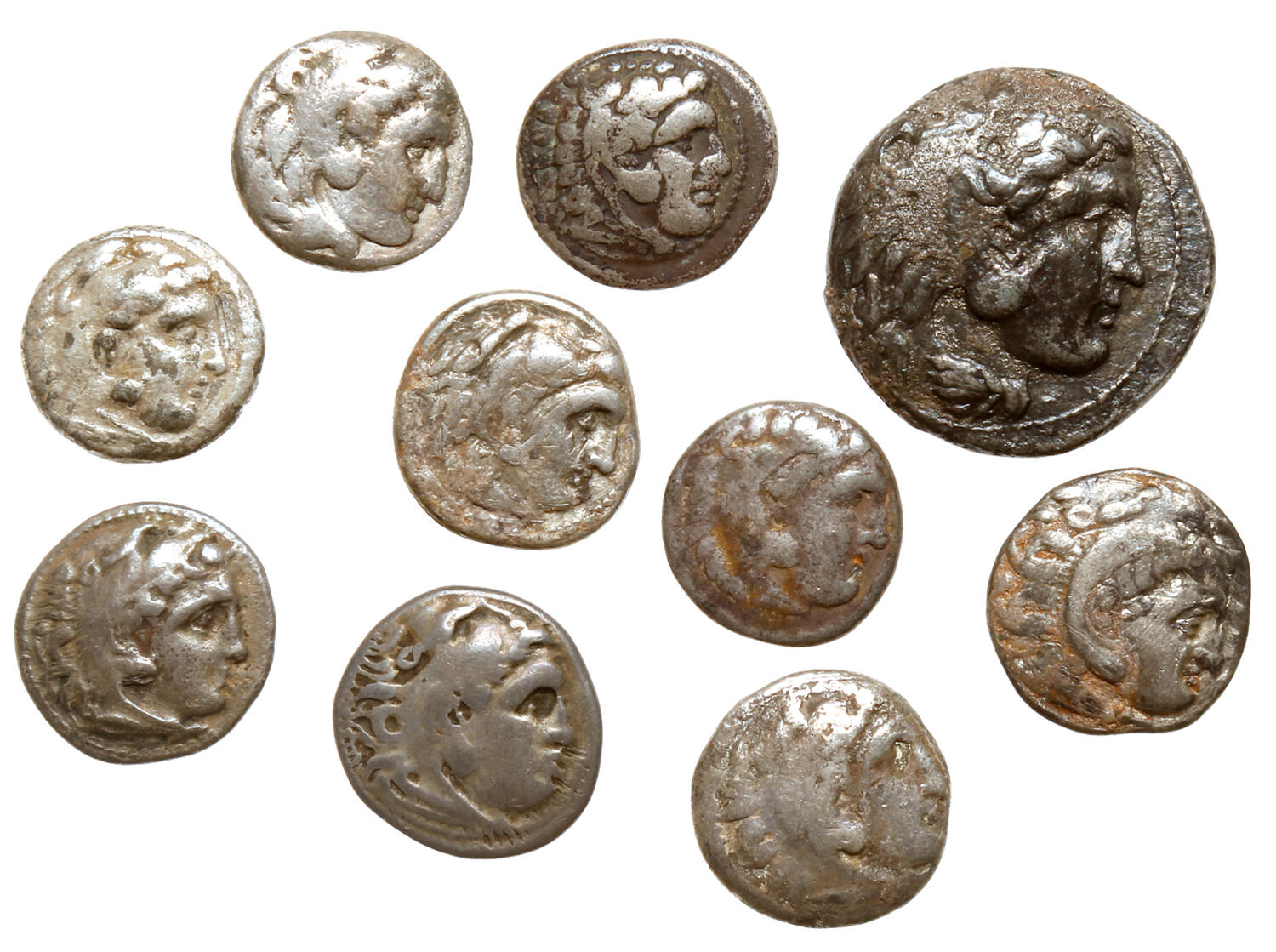RELG 433 - Biblical Archaeology
Pictures
Chapter 20
Images in the text are linked to larger photos - click on them to see the larger pictures.
Hover the mouse over the images to see their captions and copyright information.
Page 405, Illustration 20.2, Persian "Archer" coins.
Darics were made of gold. Staters and Sigloi were silver. The Persians did not have their own coinage until after Cyrus the Great conquered Lydia in 546 BC. Cyrus adopted the Lydian system of coinage. The first Persian coins were a gold stater and a silver half-stater, with designs very similar to the Lydian coins. It was probably Darius I who introduced a distinctive 'Persian' design, featuring an archer, ca. 520 BC. The (Persian) siglos was related to the (Jewish) shekel, and weighed a little more than half a stater. Darius introduced the gold Daric, weighing about the same as a Babylonian shekel. One gold daric was worth 20 silver sigloi.
Gold Darics :
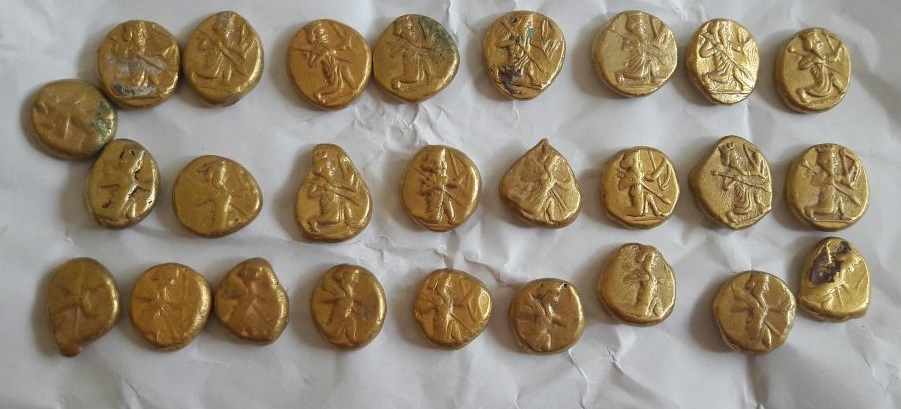
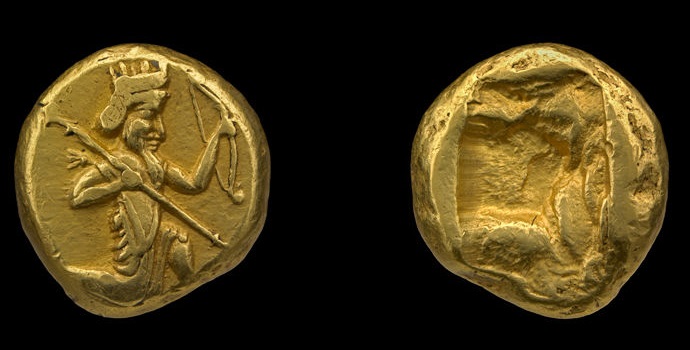

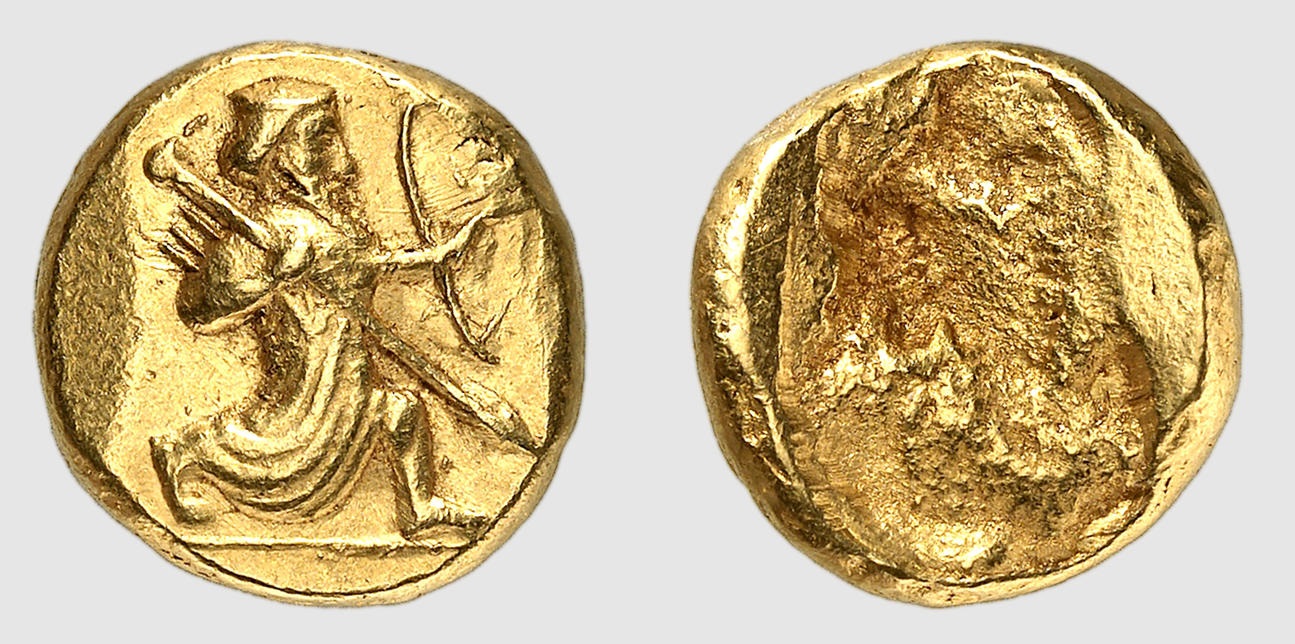
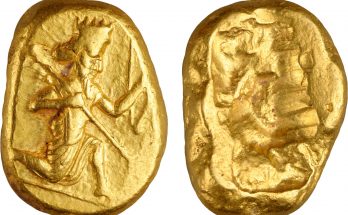

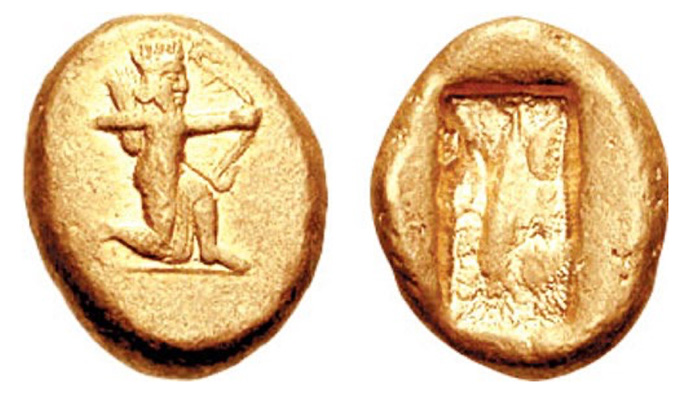
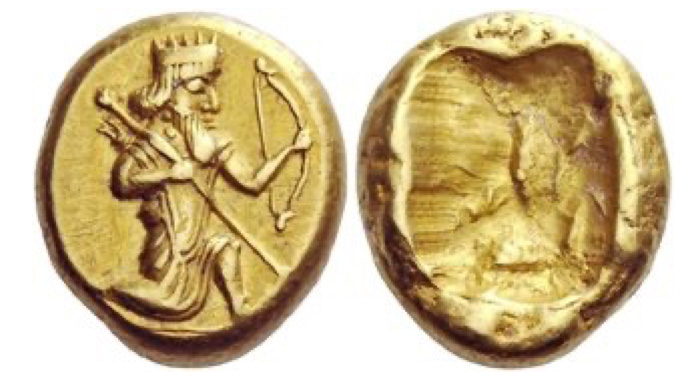
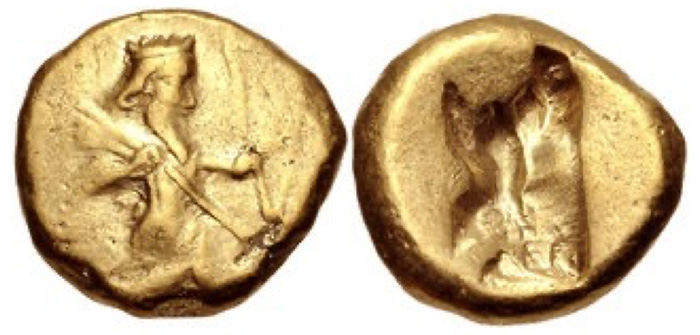
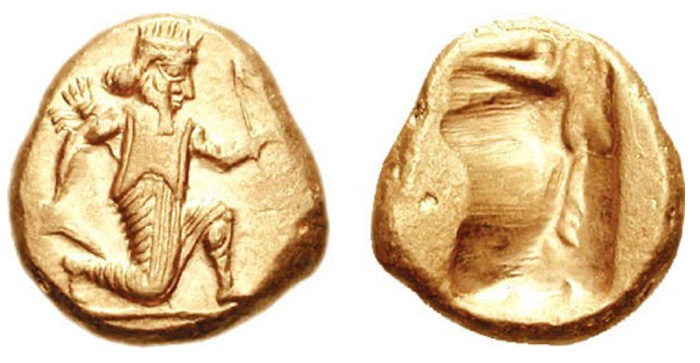
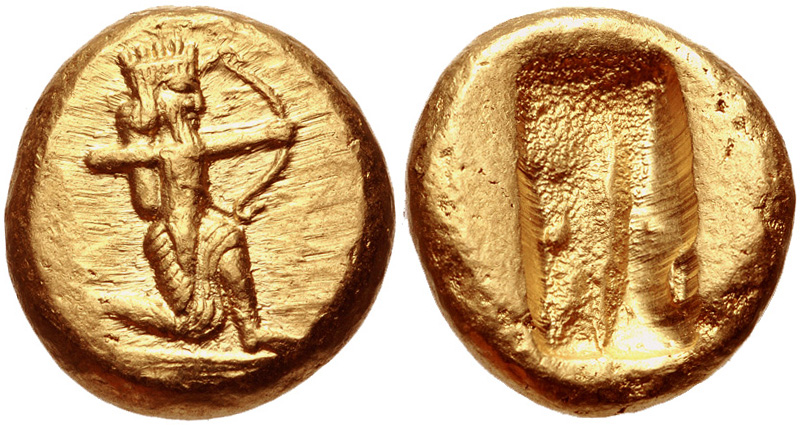


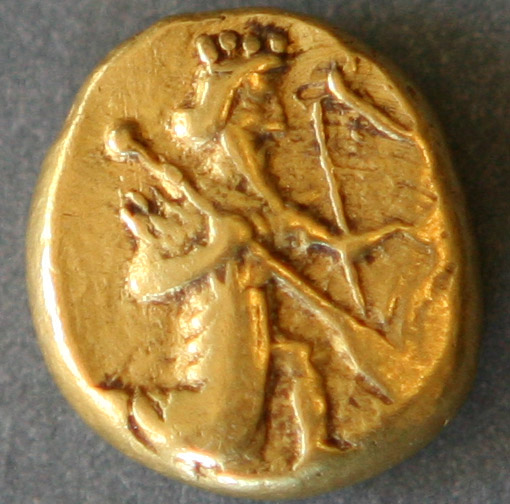
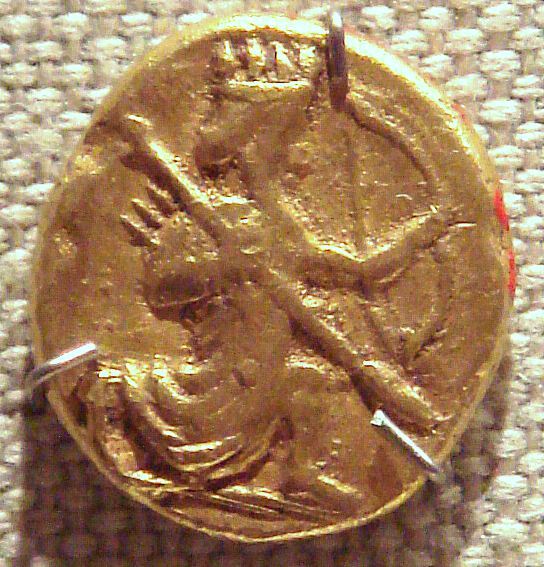
Silver Sigloi :
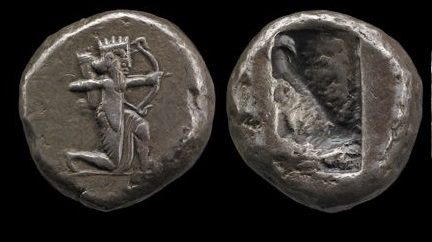
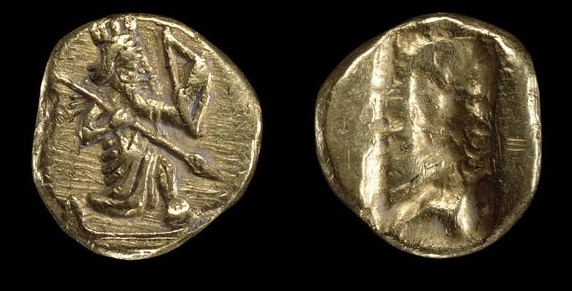
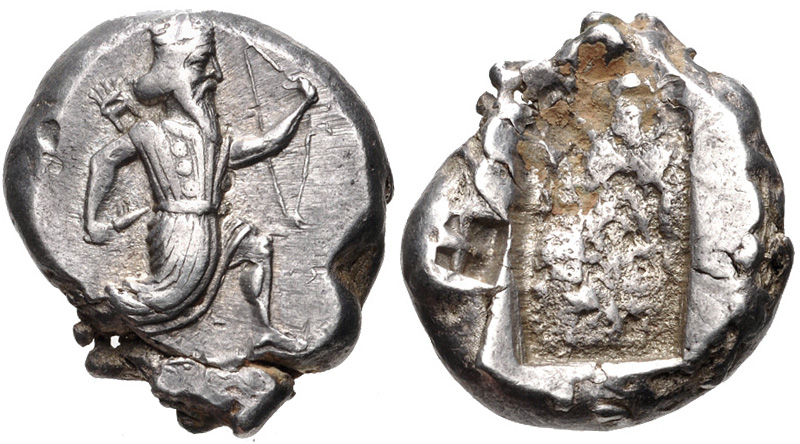
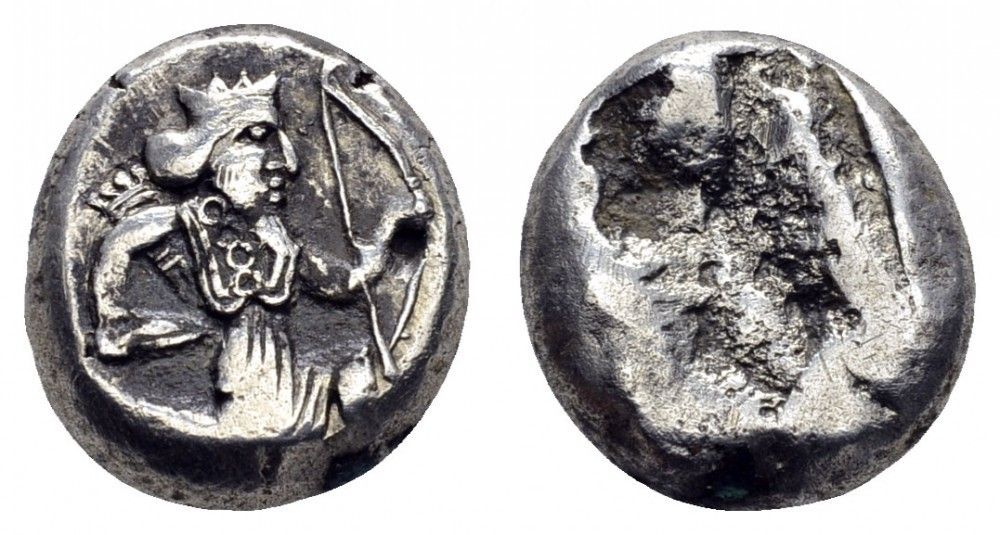
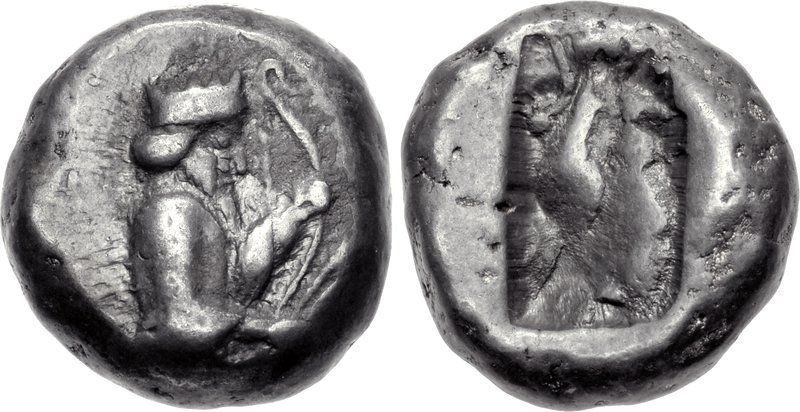

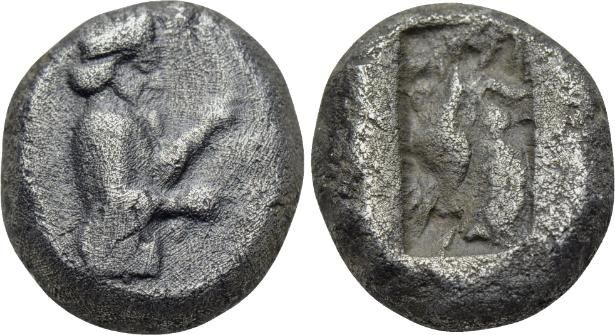


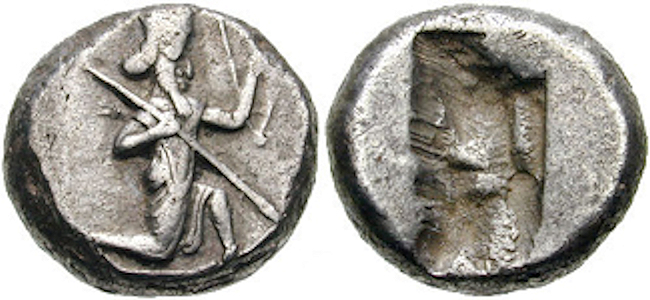
Silver Staters :
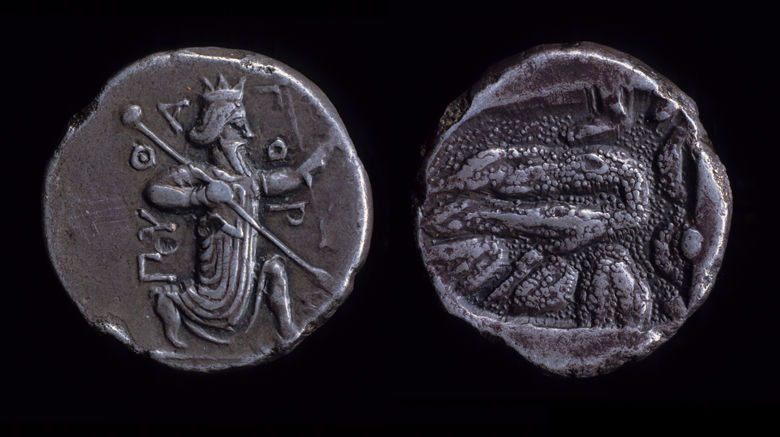
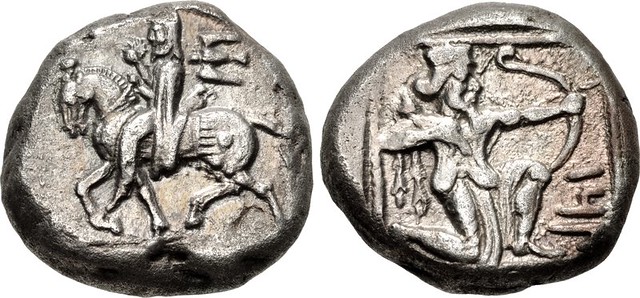
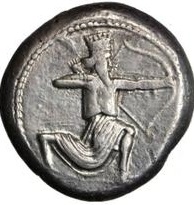
Page 408, Illustration 20.4, the Alexander Mosaic from Pompeii. This dates from several centuries after Alexander.
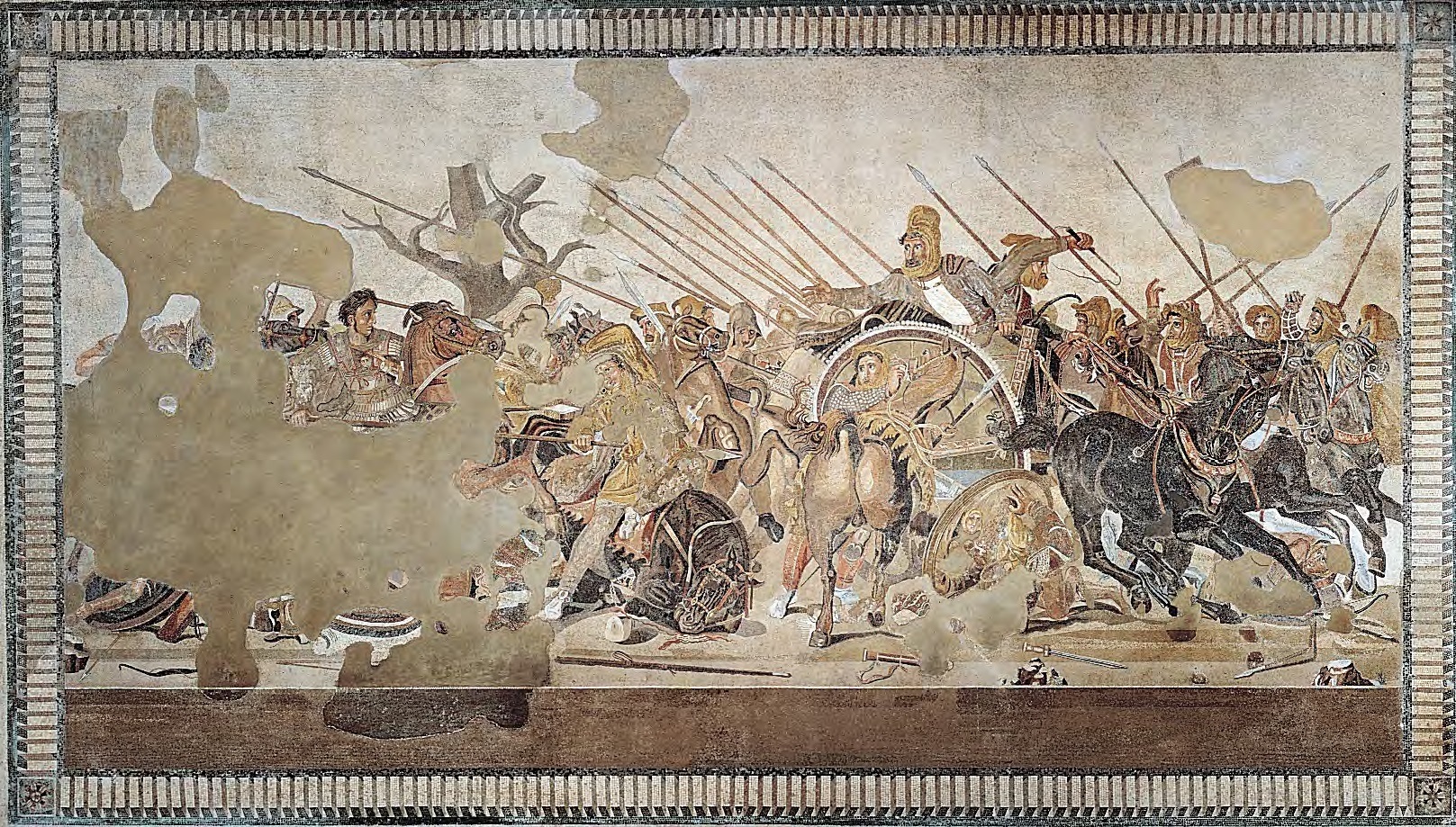

Page 409, Illustration 20.5, the Alexander Hoard.
The textbook does not give any details for this hoard. There are many such hoards on record, with a total of over 6,000 coins. Although the photo in the textbook is credited to the Israel Museum, a search of the Museum's website did not reveal this particular hoard.
The situation is further complicated by the fact that Alexander's successors, particularly Lysimachus, continued to issue the coins after the death of Alexander. Be aware that many such coins may be forgeries, and many of the photos shown on the Internet have been edited or photoshopped. Some are of honest reproductions. The coins themselves have usually been cleaned and polished - they are not in the state in which they were originally found. The Greek letters on the coins usually say "Alexandrou" (Alexander's).
Although the textbook says that Alexander depicted Hercules instead of himself on the coins, it is generally accepted that the head did indeed represent Alexander, dressed as Hercules, wearing a lion-skin, the legs tied under his chin, and the lion's open mouth covering his head. Sometimes, instead of the lion-skin, the head has the ram's horns associated with the Egyptian god Ammun. Alexander claimed descent from Hercules, and adoption by Ammun. It is often difficult to determine if the head has ram's horns or a lion-skin.
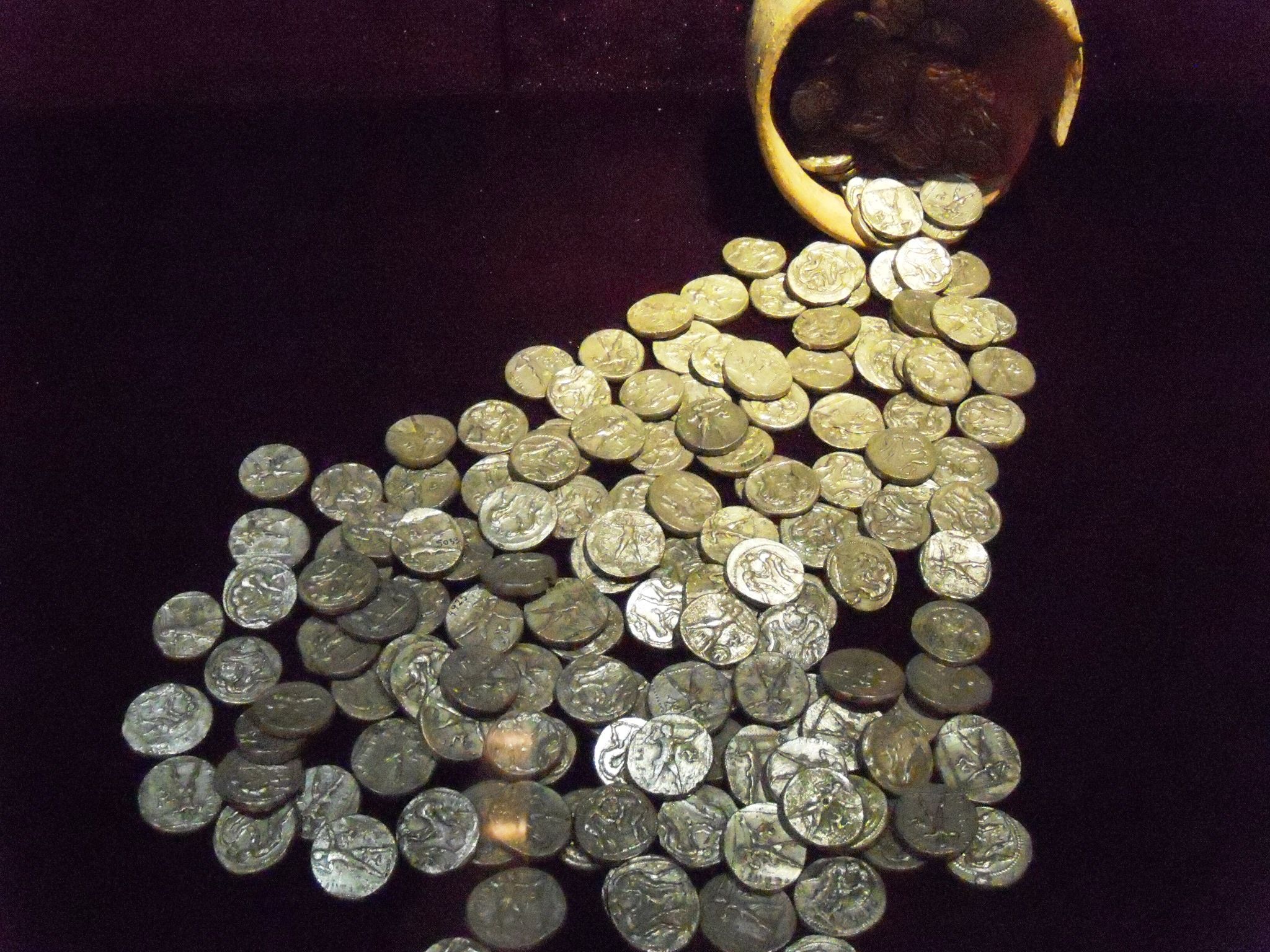
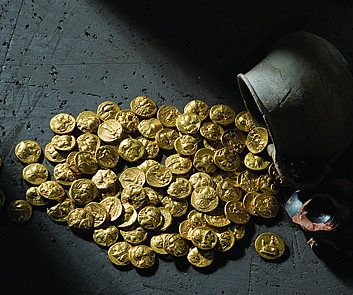 (Left) A hoard of 206 staters which was probably buried in 332 BC when Alexander invaded Pamphylia, now in the Antalya Museum, Turkey
(Left) A hoard of 206 staters which was probably buried in 332 BC when Alexander invaded Pamphylia, now in the Antalya Museum, Turkey
(Right) A hoard of 92 gold staters, mainly issues in the name of Alexander the Great and Phillip III Arrhidaeus; found in 1977 inside a pot during excavations in the sanctuary of Artemis in the city of Epidaurus.
Page 412, Illustration 20.7, the Tombs at Marisa
Marisa (Biblical Maresha) is built on soft limestone which is easy to cut. The inhabitants of the city dug a series of tombs containing niches for bodies to rest in until only the bones remained. Then the bones were moved away, leaving the niche ready for the next body. The pictures below are from two main tombs - the "Tomb of the Musicians" (so called because it features a mural of two musicians), and the Tomb of Apollophanes the Sidonian (with the paintings of animals, including Cerberus, the guardian dog of the Underworld). Marisa was a cosmopolitan city with a population from many nations; Apollophanes was the head of the city's Sidonian community
Tomb of the Musicians :
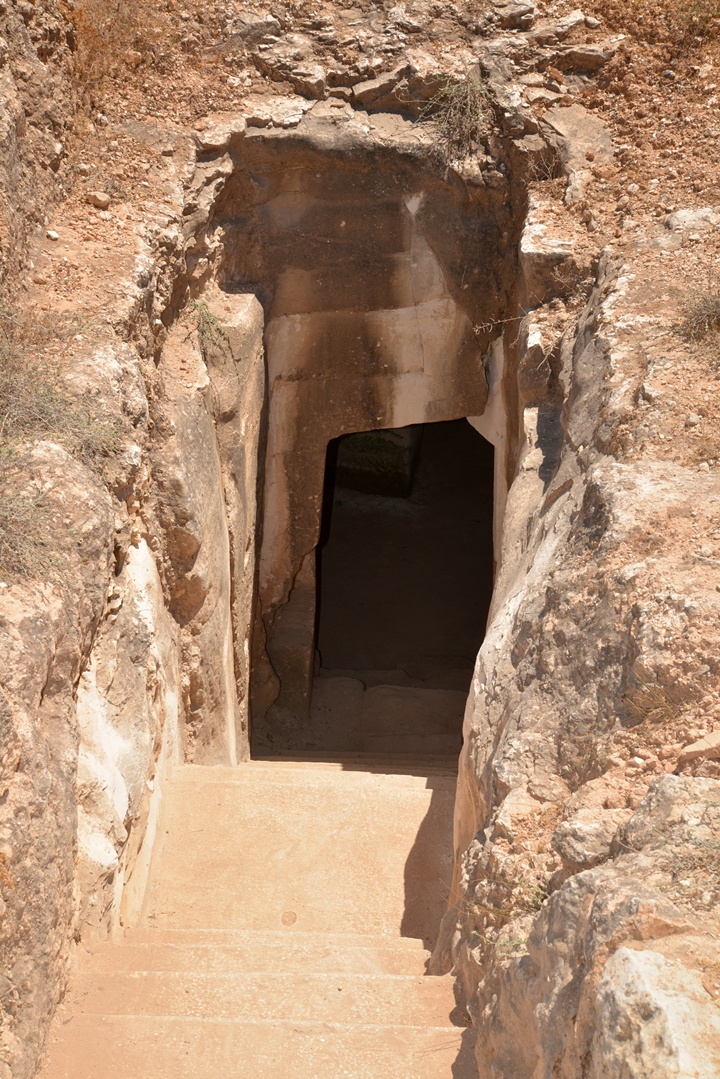
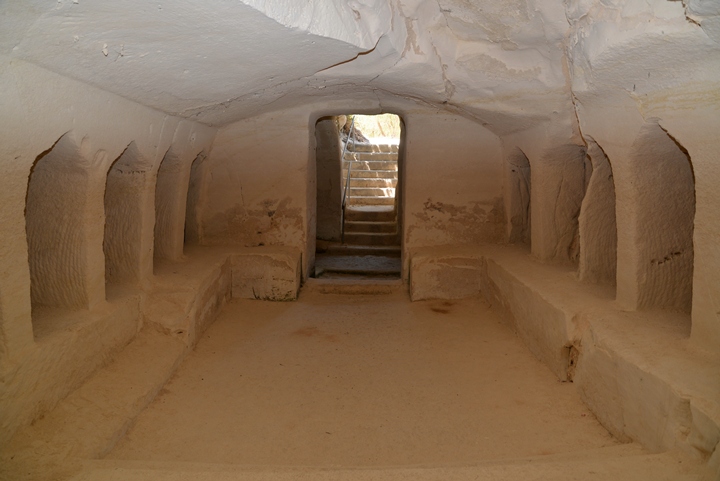
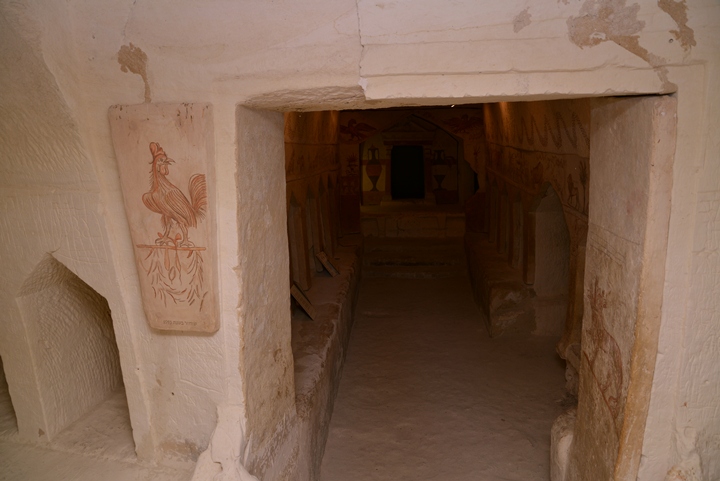
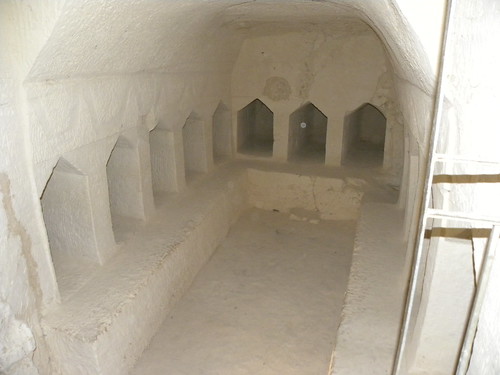
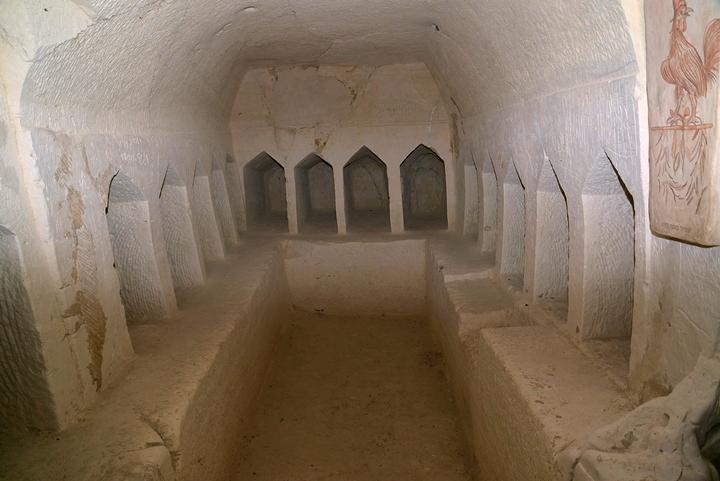

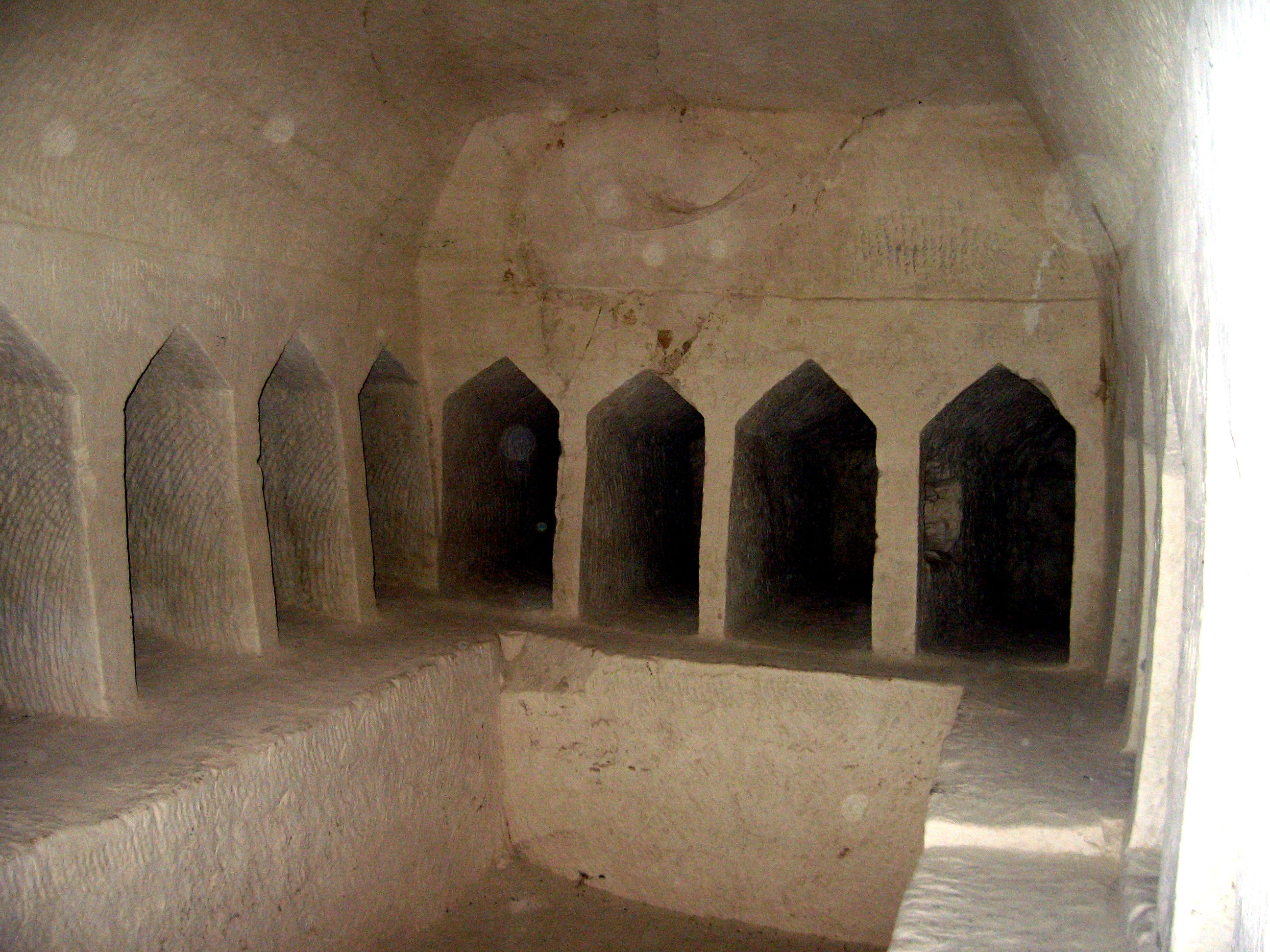
Tomb of Apollophanes :
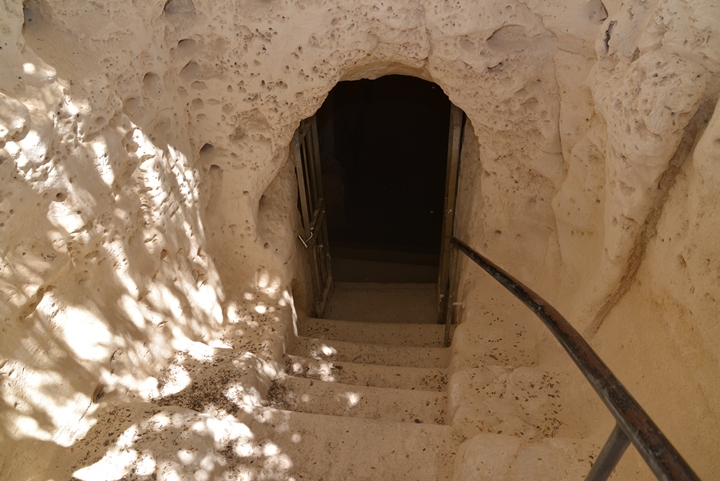
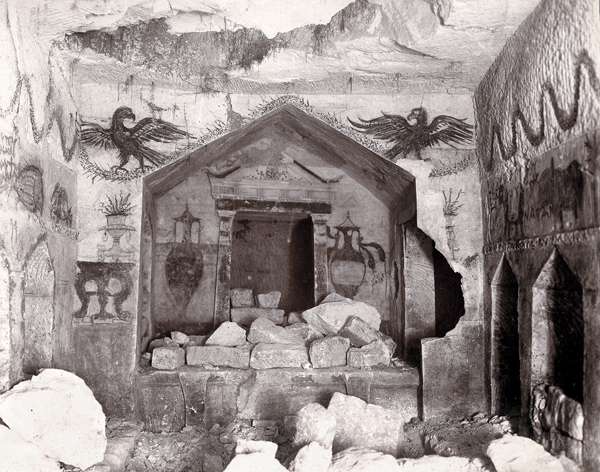
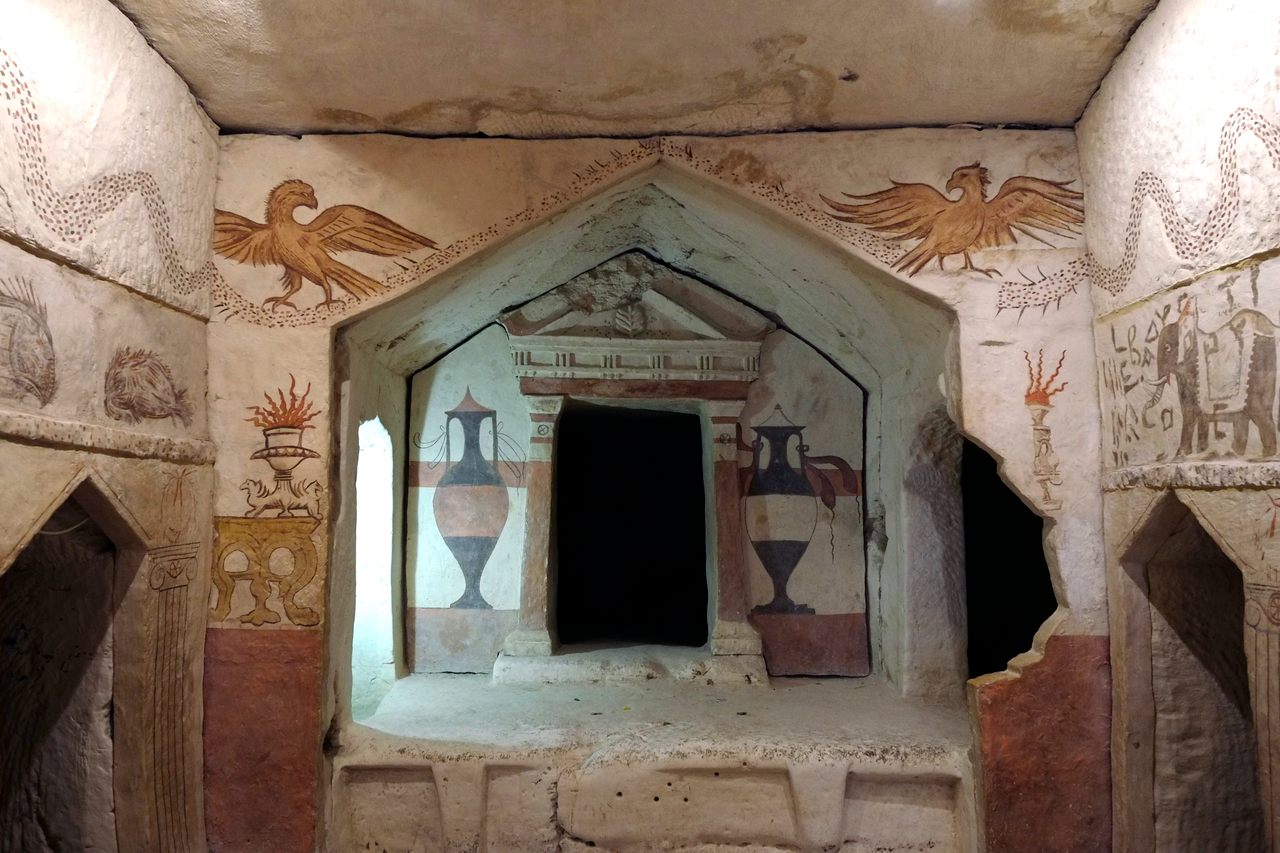


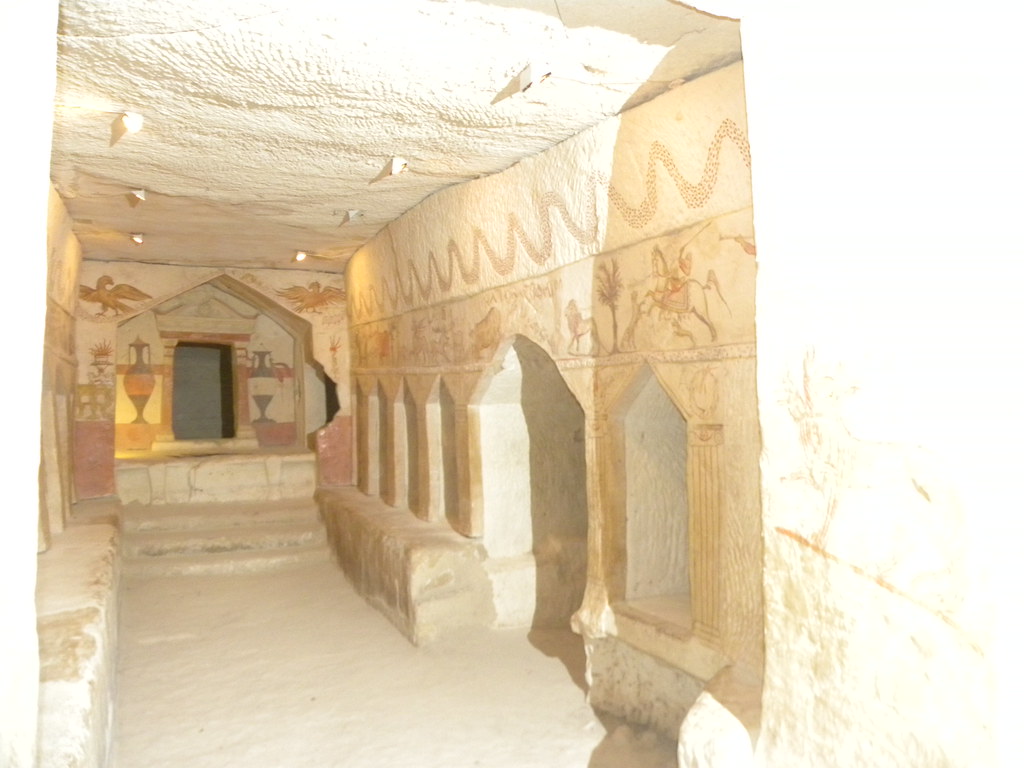
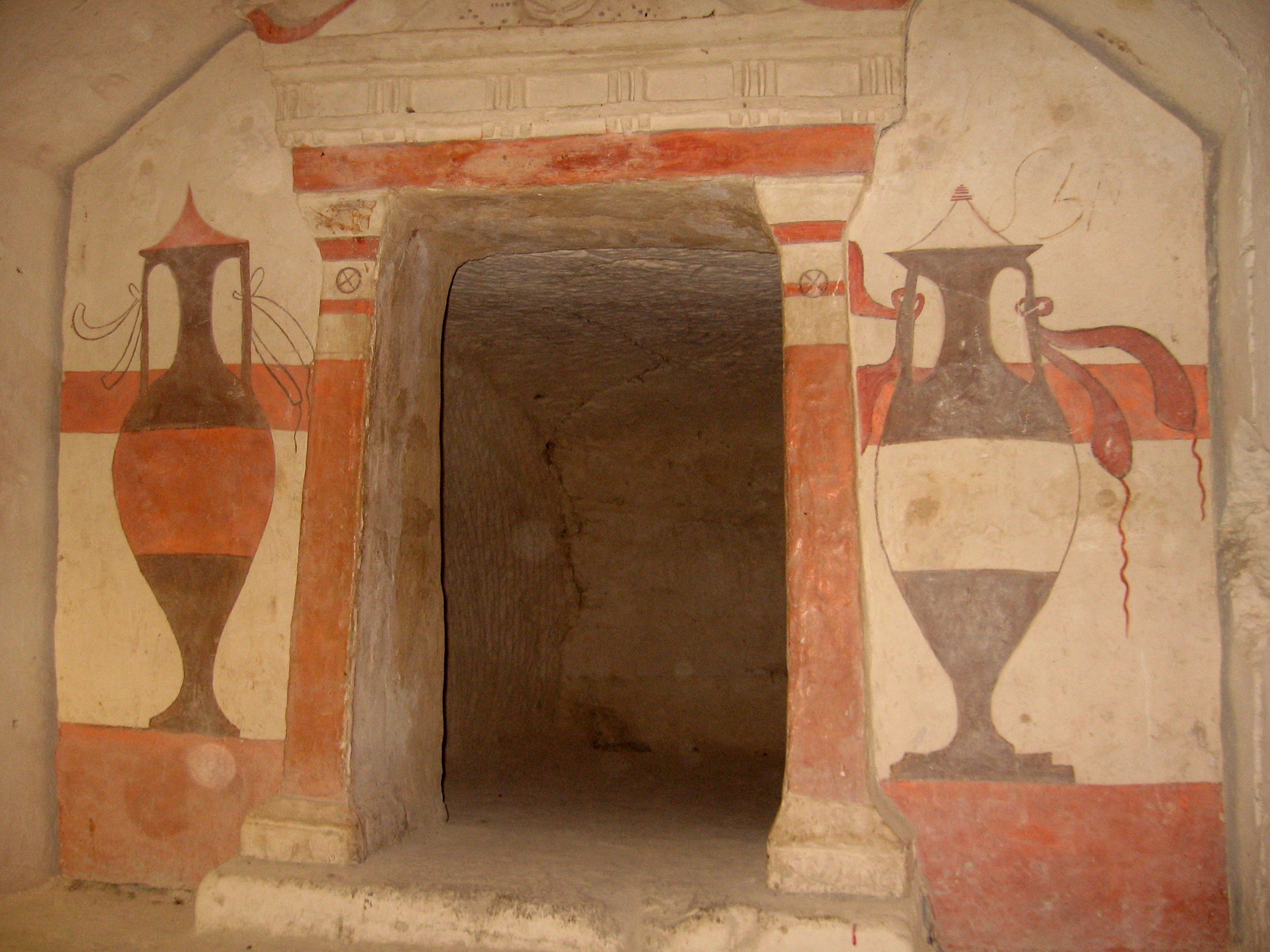

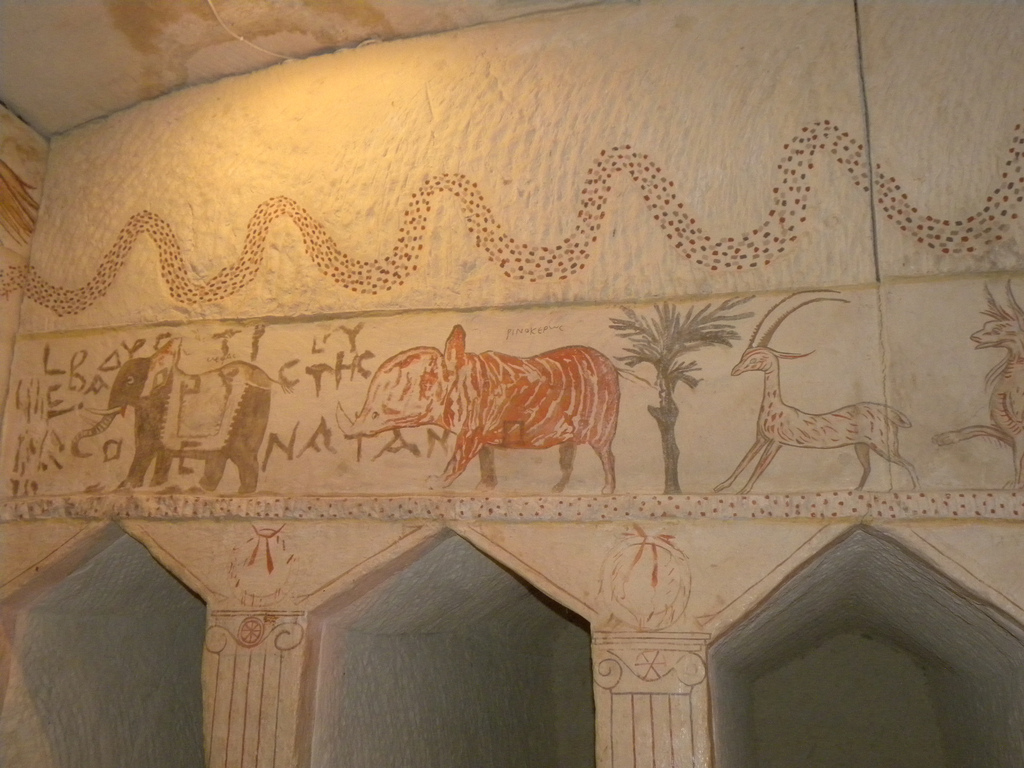
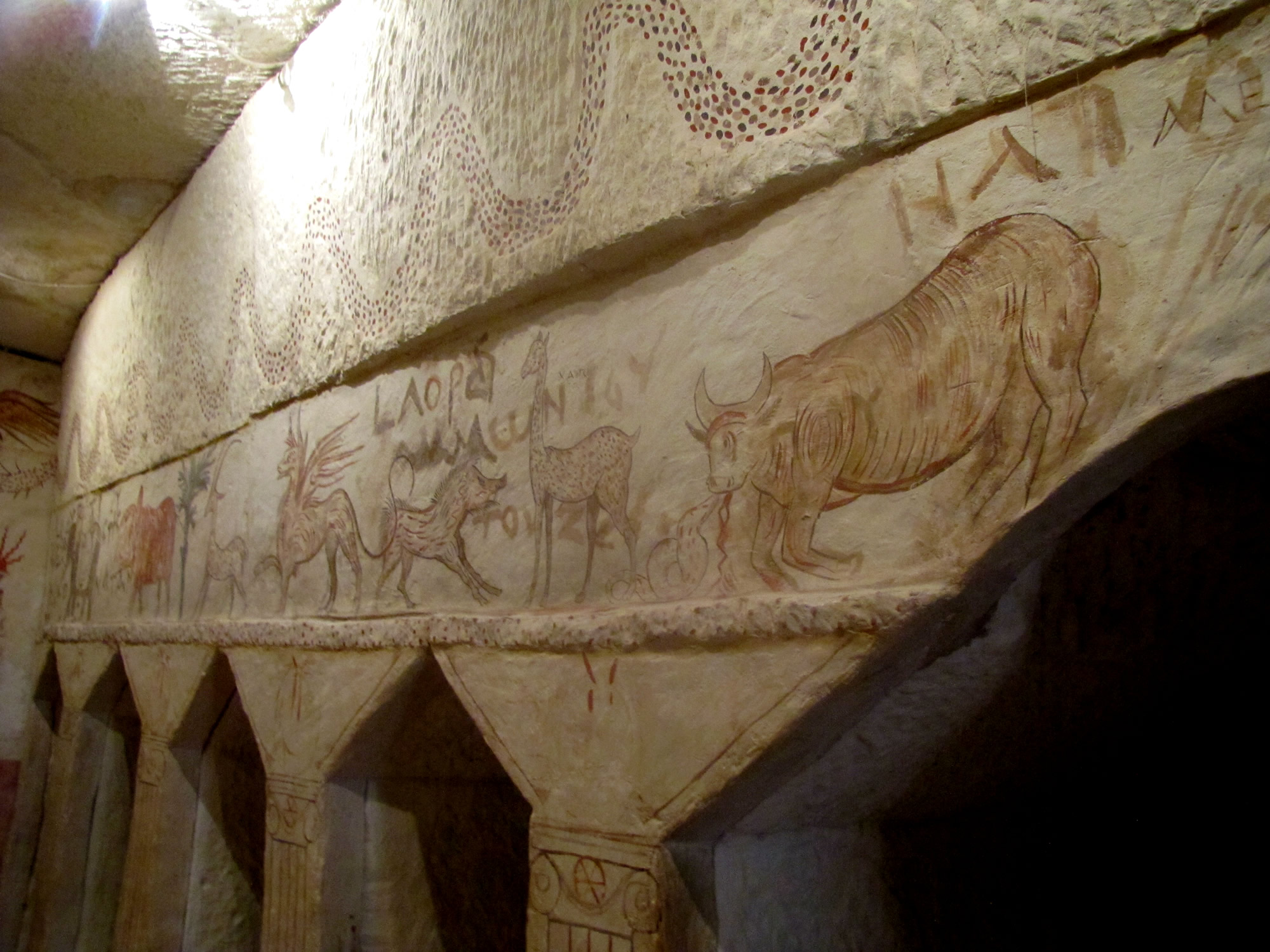
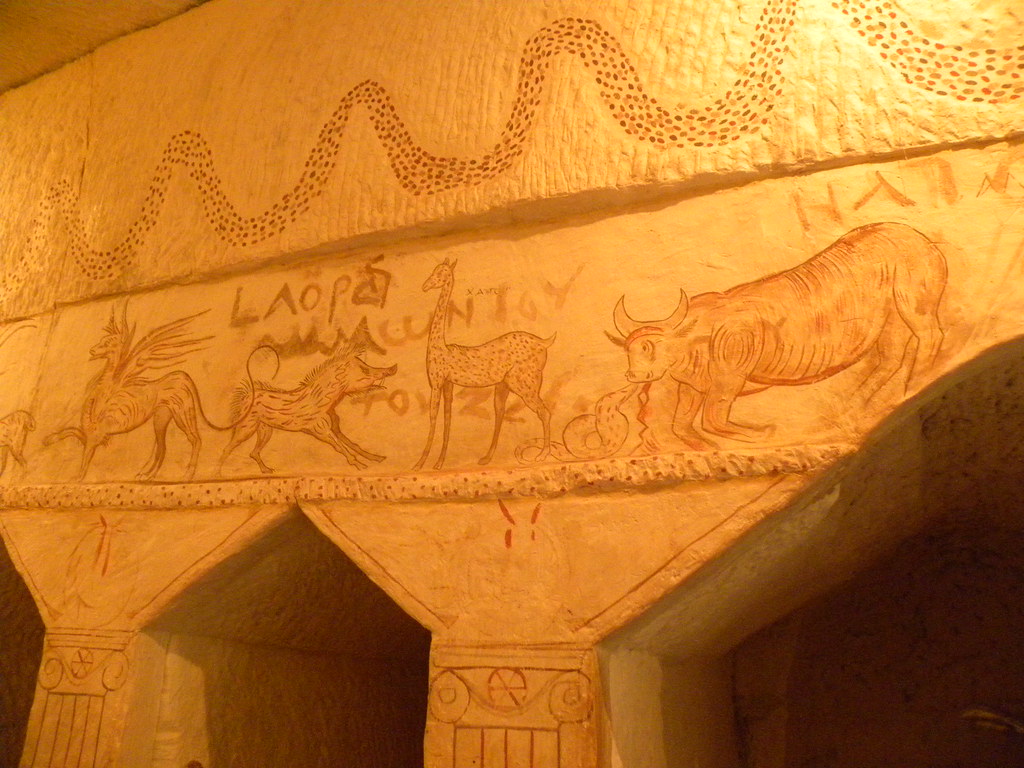

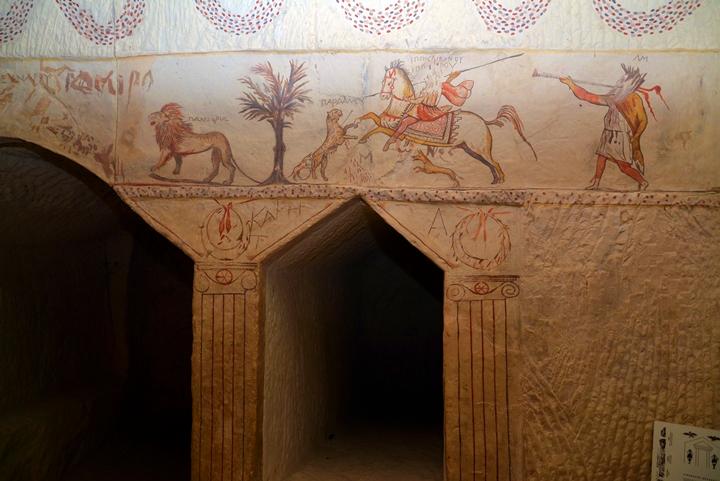
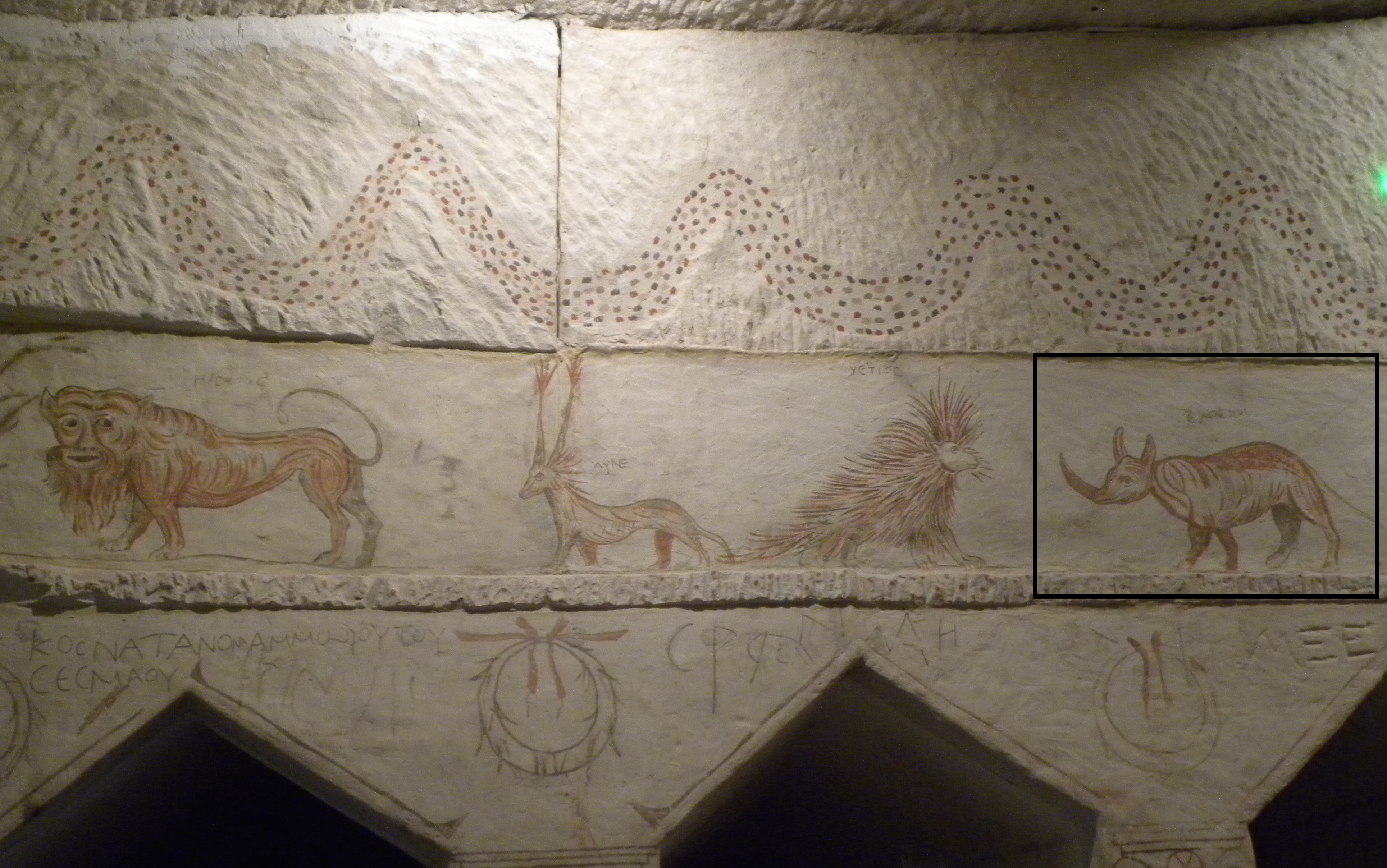

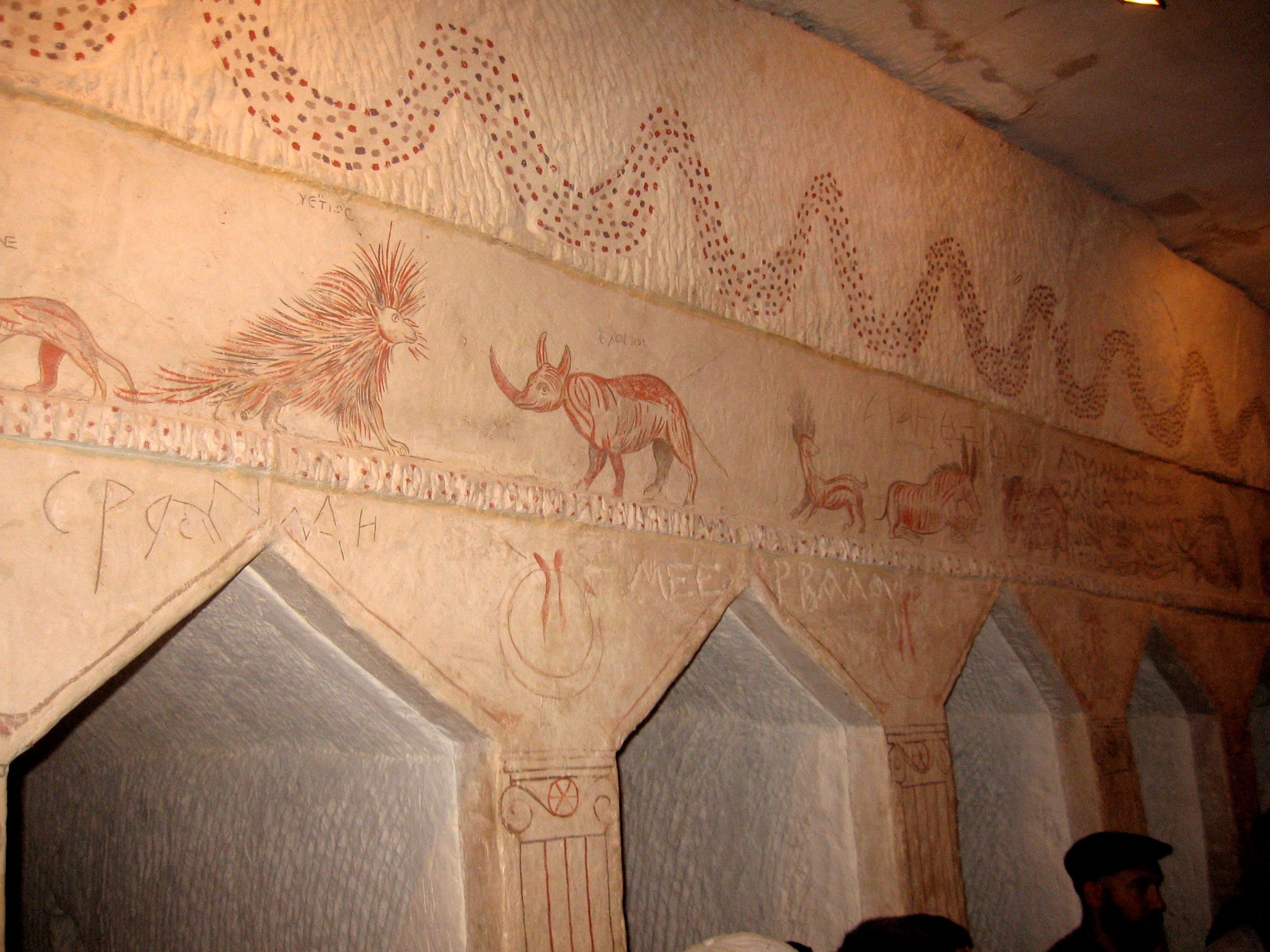
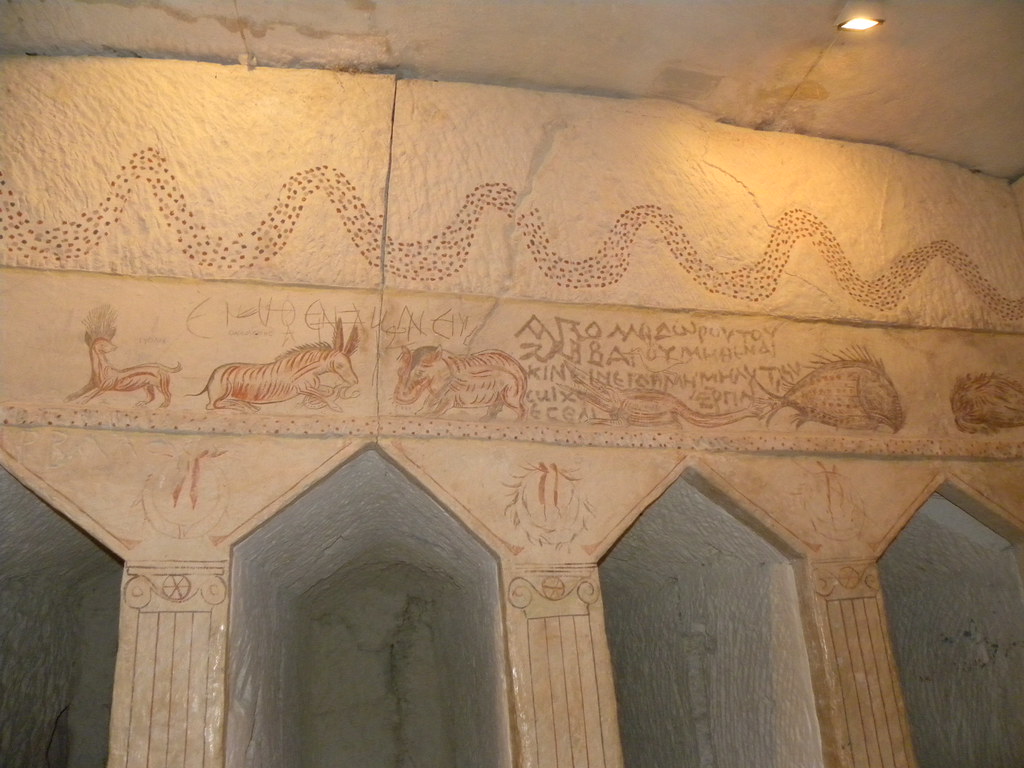
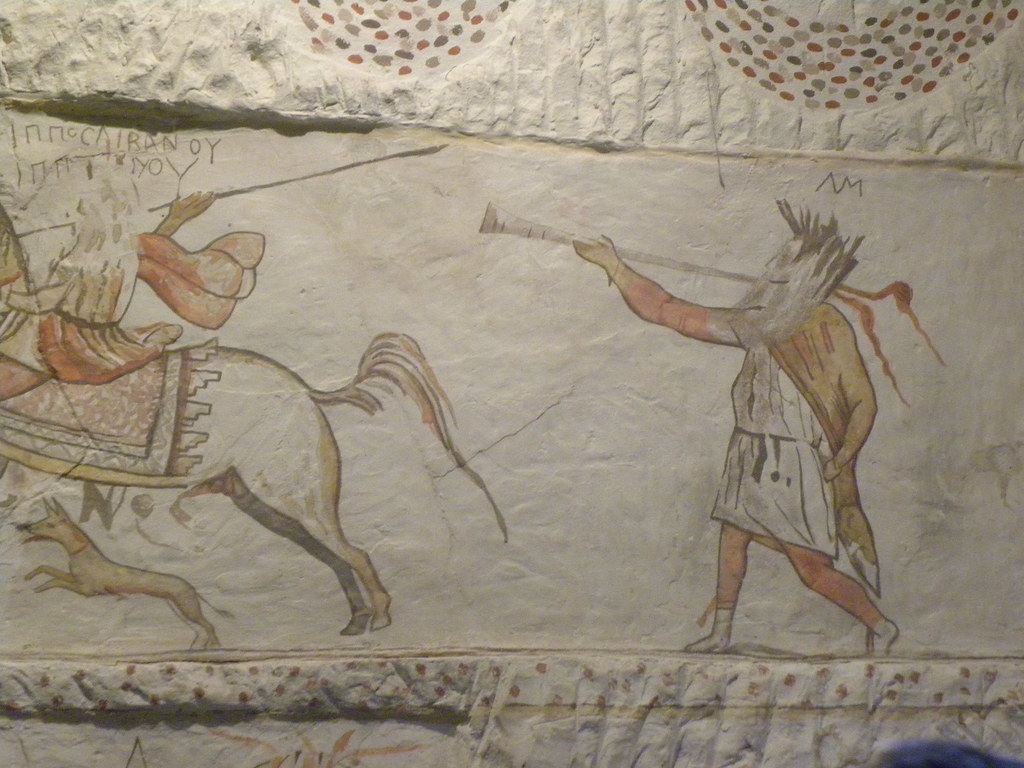
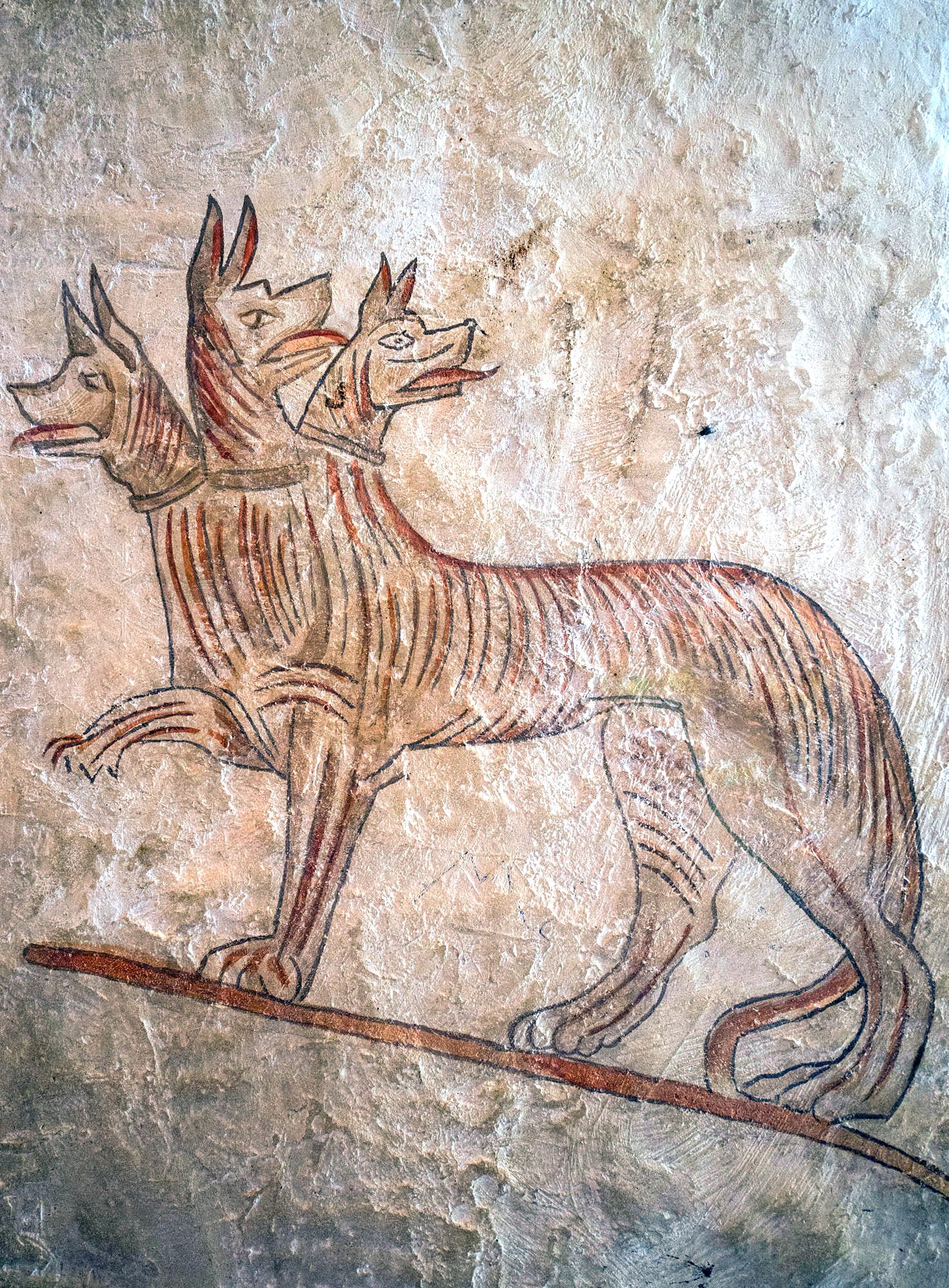
Page 414, Illustration 20.7, the Rosetta Stone

Page 415, Illustration 20.8, Coin of Antiochus IV
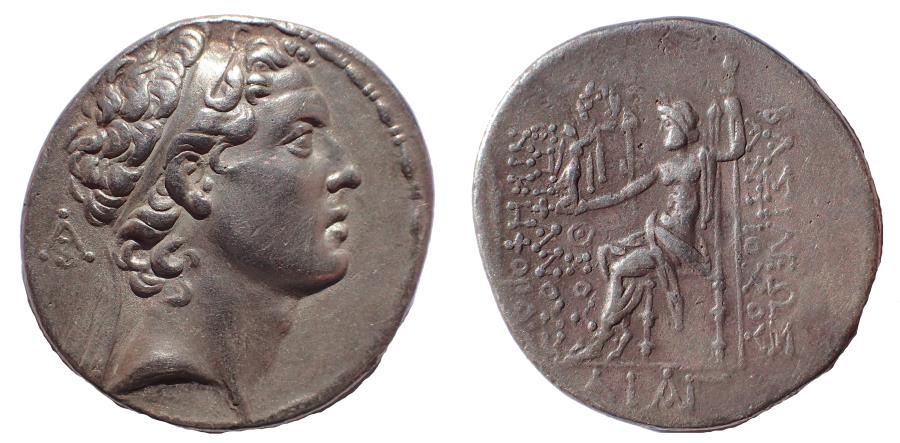
Page 416, Illustration 20.8, Iraq el-Emir
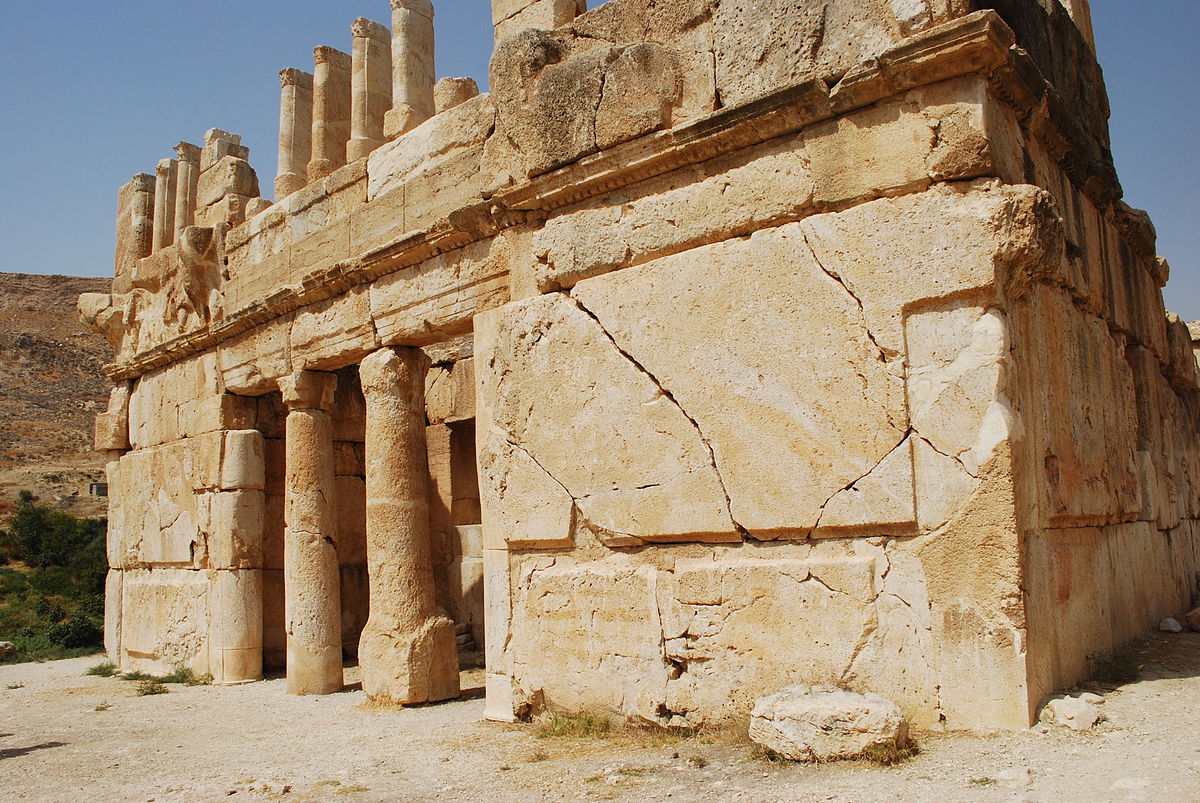
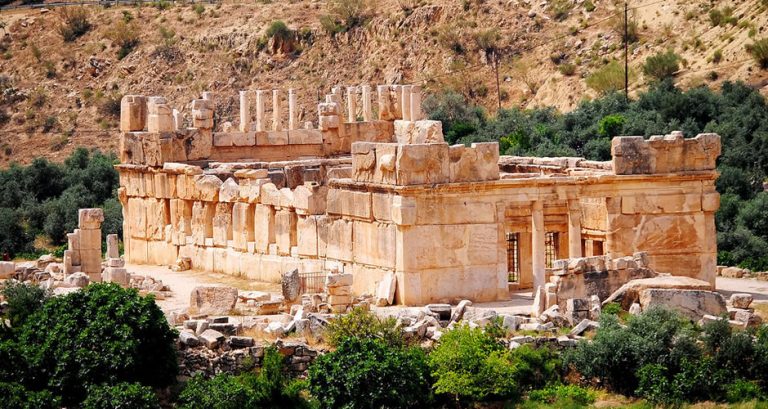
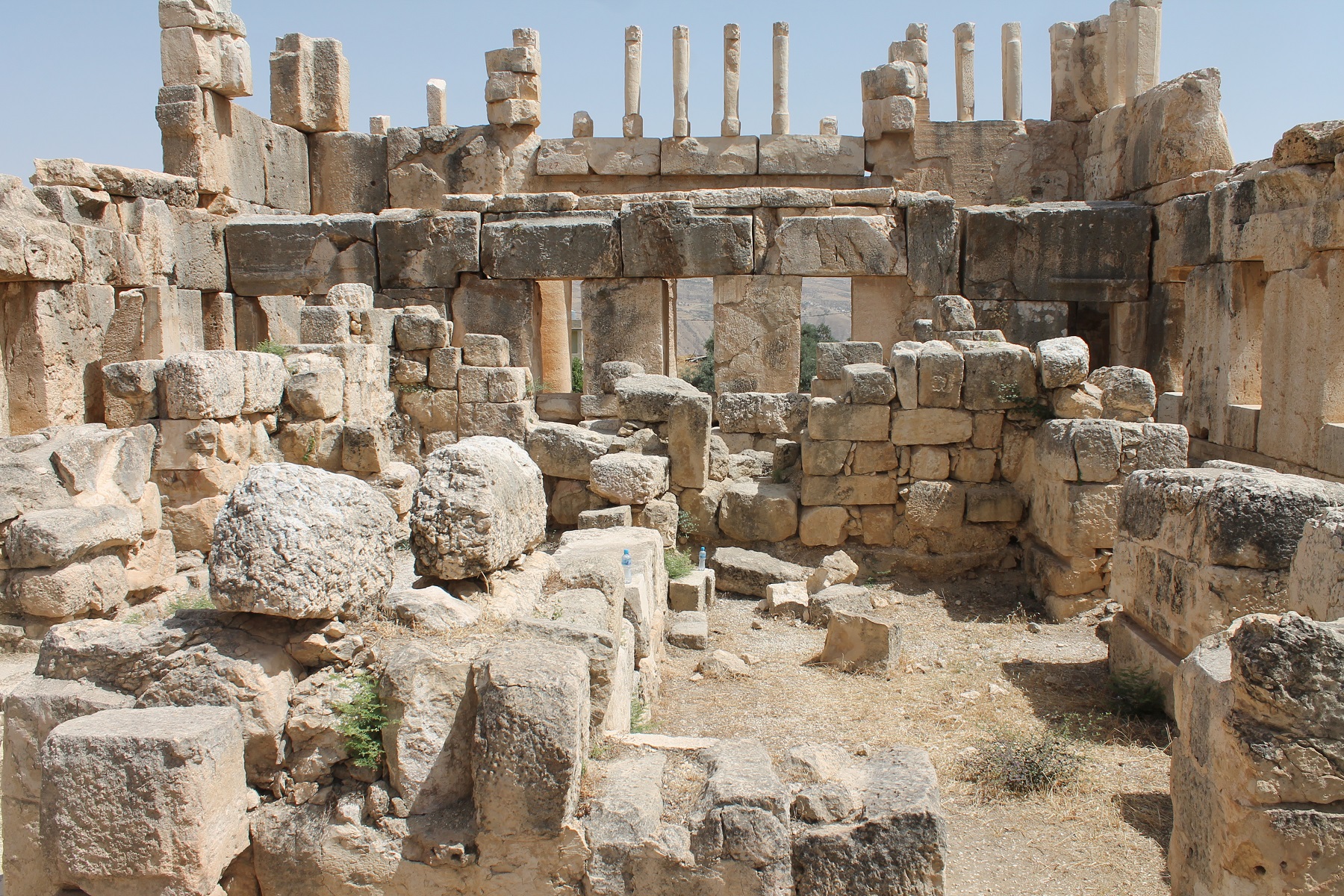

"Tobias" inscriptions at Iraq el-Amir :
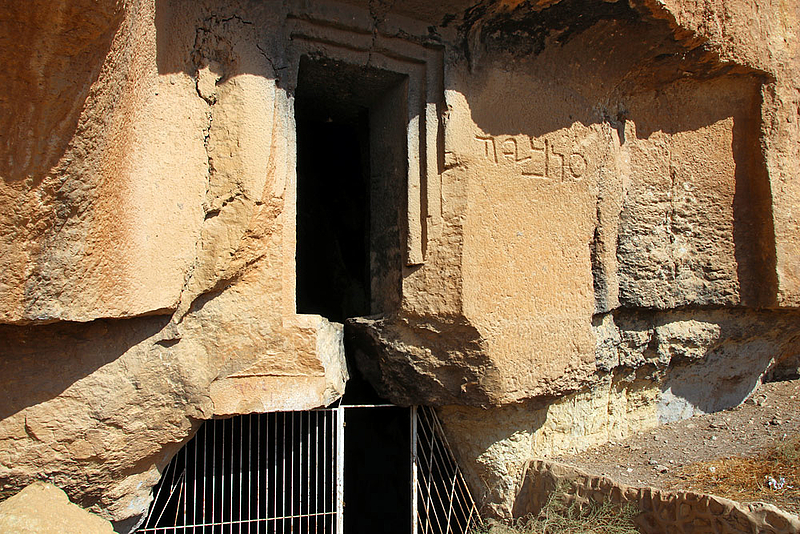

Page 419, Illustration 20.11, the Isaiah Scroll from Qumran
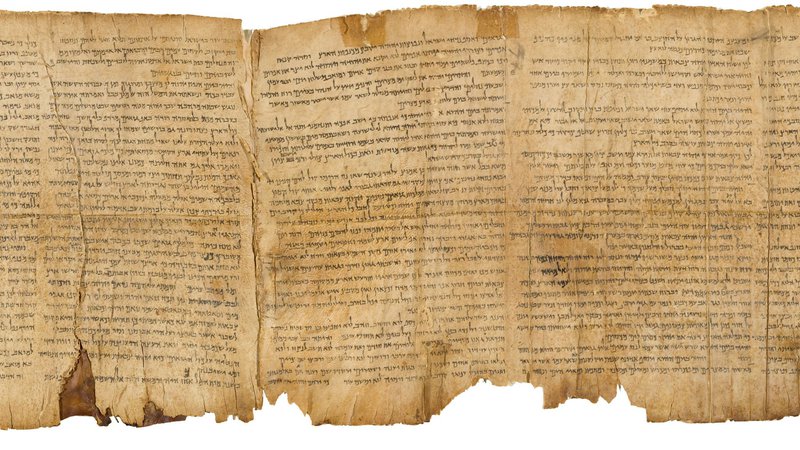
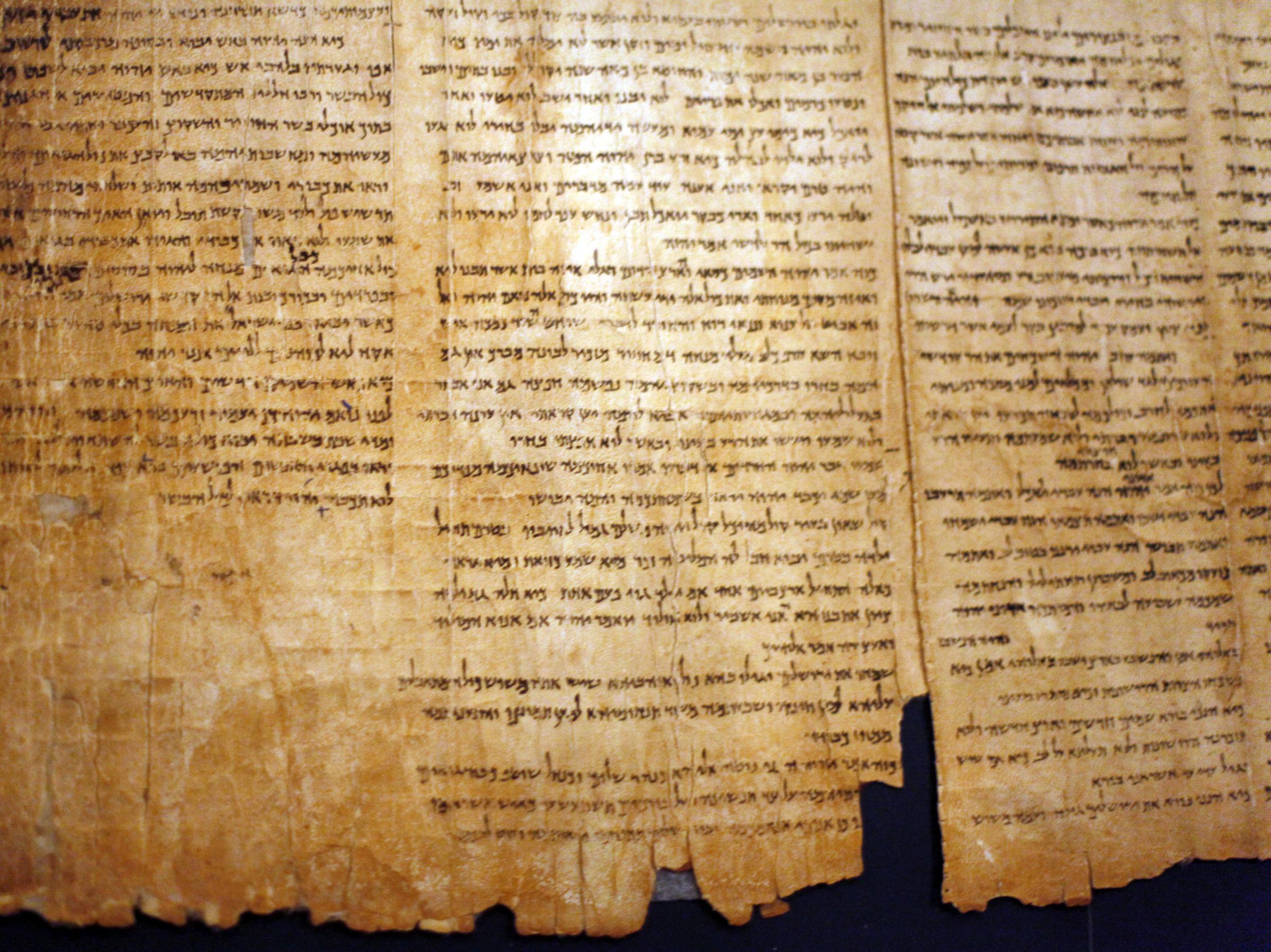

Copyright © 2021 Shirley J. Rollinson, all Rights Reserved
